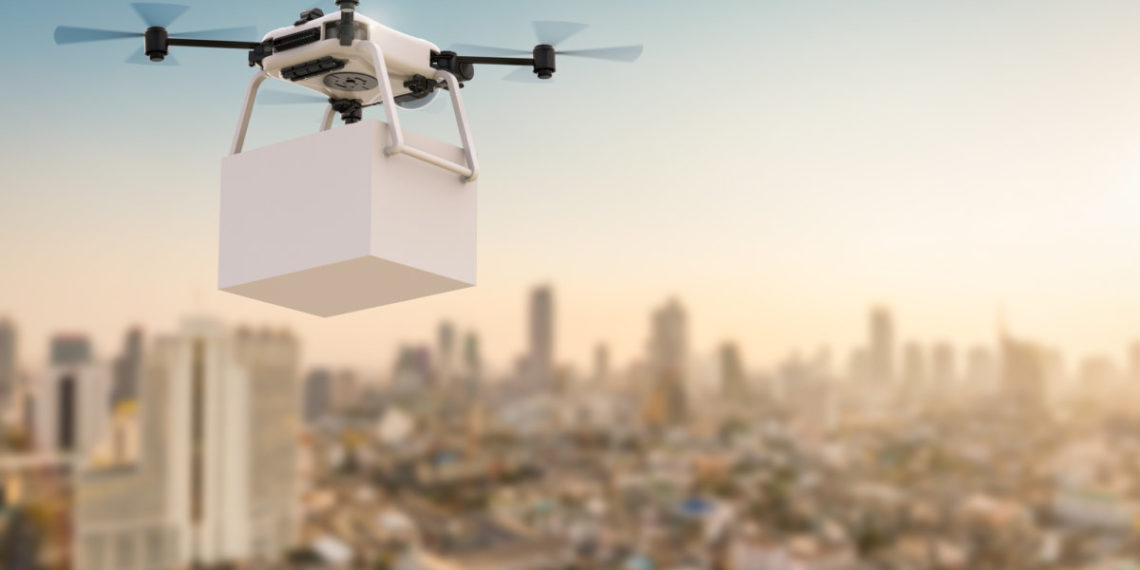As faithful readers of TechWatch (love you, Mom) may know, the rollout of many companies’ ambitious drone delivery services has not gone as quickly as promised. Despite recent signs of progress in Australia and the United States—not to mention clever ideas for burger deliveries to cars stuck in traffic—drone delivery remains a long way from becoming a viable option in the vast majority of use cases. And the problem affects many areas of drone usage, not just the heavily hyped drone delivery applications.
According to Grace McKenzie, director of operations and controller at Iris Automation, one key restriction to economically viable drone deliveries is that the “skies are not safe enough for many drone use cases.”
Speaking at a recent SF New Tech “Internet of Everything” event in San Francisco, McKenzie said fear of collisions with manned aircraft is the big reason why the Federal Aviation Association (FAA) and international regulators typically prohibit drones from flying beyond the line of the sight of the remote pilot. Obviously, she added, that restriction greatly constrains where and how drones can make deliveries and is working to keep the market from growing test and pilot programs into full-scale commercial adoption.
Detect and avoid technology is critical
Iris Automation, not surprisingly, is in the business of creating workable collision avoidance systems for drones in an attempt to solve this issue. Variously called “detect and avoid” or “sense and avoid” technologies, these automated solutions are required for “beyond visual line of sight” (BVLOS) drone operations. There are multiple issues in play.
As explained on Iris’ website, “Drone pilots are skilled aviators, but even they struggle to see and avoid obstacles and aircraft when operating drones at extended range [and] no pilot on board means low situational awareness. This risk is huge, and the potential conflicts can be extremely dangerous.”
As “a software company with a hardware problem,” McKenzie said, Iris’ systems use artificial intelligence (AI), machine learning, computer vision, and IoT connectivity to identify and focus on the “small group of pixels that could be a risk.” Working together, those technologies are creating an “exponential curve” in detect-and-avoid technology improvements, she added. The result? Drones that “see better than a human pilot,” she claimed.
Bigger market and new use cases for drones
It’s hardly an academic issue. “Not being able to show adequate mitigation of operational risk means regulators are forced to limit drone uses and applications to closed environments,” the company says.
Solving this problem would open up a wide range of industrial and commercial applications for drones. Far beyond delivering burritos, McKenzie said that with confidence in drone “sense and avoid” capabilities, drones could be used for all kinds of aerial data gathering, from inspecting hydro-electric dams, power lines, and railways to surveying crops to fighting forest fires and conducting search-and-rescue operations.


